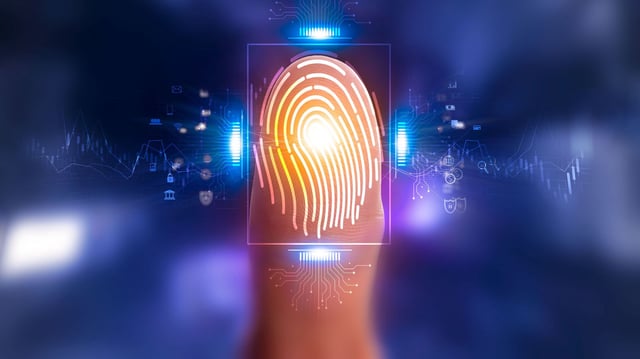Overview
- WhoFi derives a unique biometric signature from subtle changes in Wi-Fi channel state information as signals interact with the human body.
- A transformer-based deep learning model trained on the NTU-Fi dataset achieved up to 95.5% accuracy in person re-identification across different environments.
- Unlike camera-based or wearable systems, WhoFi operates device-free across any Wi-Fi-covered area without requiring subjects’ awareness or consent.
- The study is currently an academic proof-of-concept published on arXiv with no immediate plans for commercial or government deployment.
- Researchers and privacy advocates warn that pervasive Wi-Fi sensing may facilitate covert surveillance unless robust ethical and regulatory safeguards are established.



